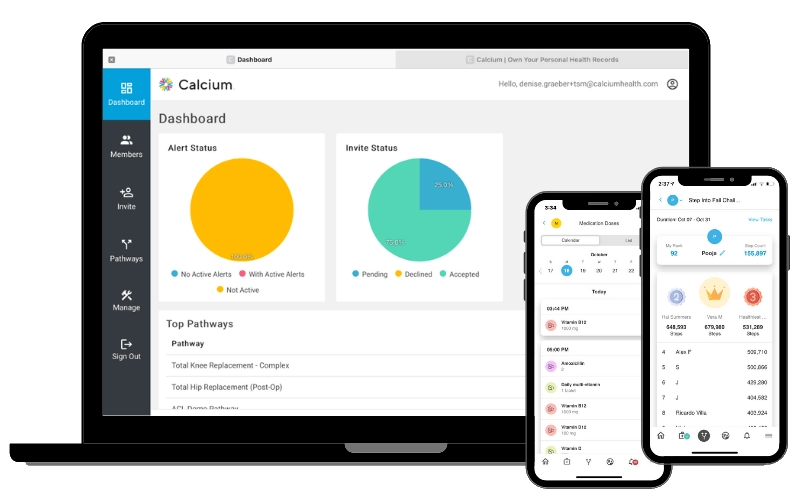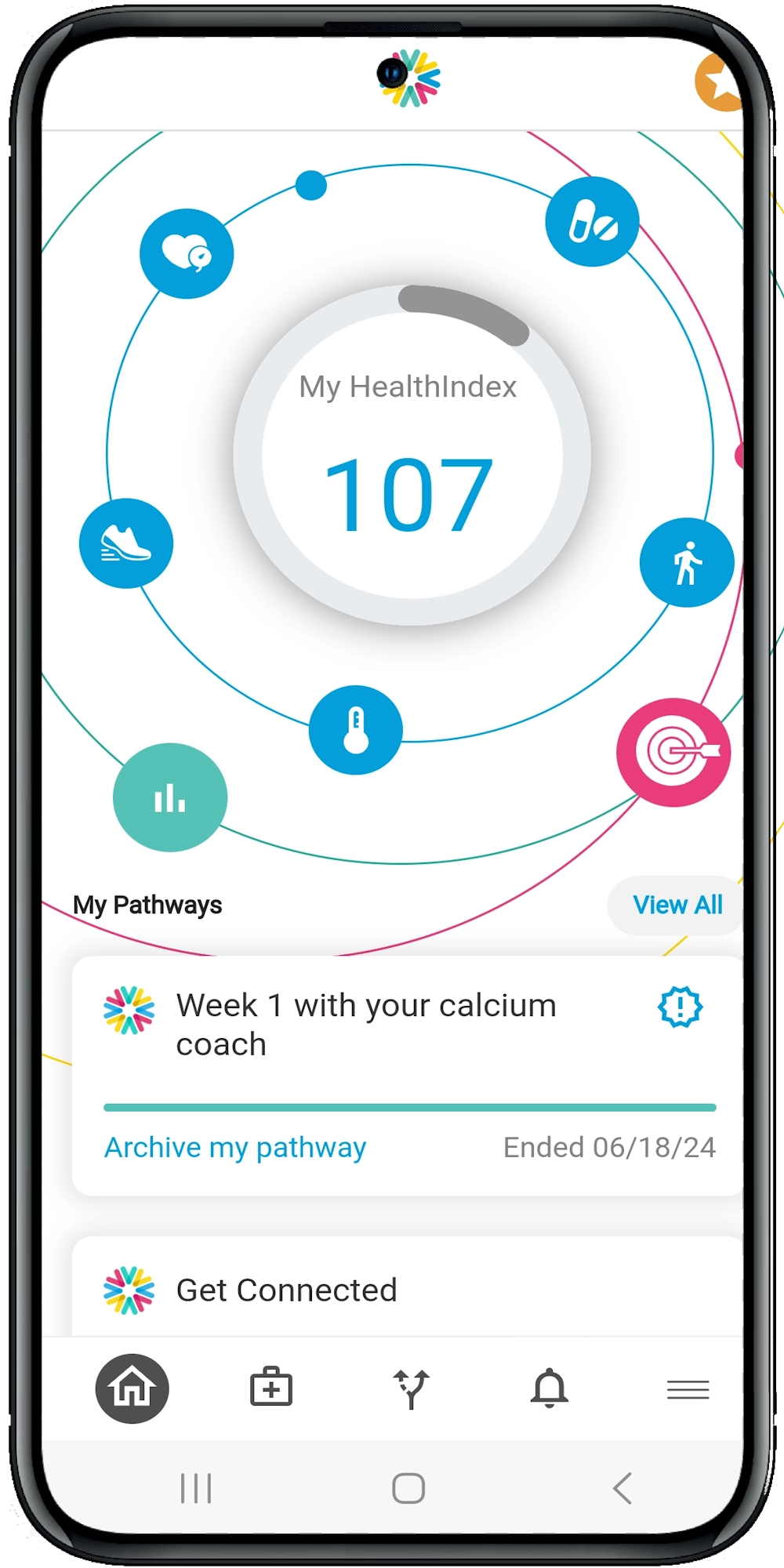The Role of Telemedicine in Chronic Illness Follow-Up
The Telemedicine Revolution
Remember when house calls were the norm? Telemedicine is the modern-day equivalent, bringing healthcare directly to patients’ homes through technology. It leverages video conferencing, remote monitoring, and secure messaging to provide continuous care. For patients with chronic conditions, this means fewer trips to the clinic and more personalized, timely interventions.
Benefits of Telemedicine for Chronic Illness Management
- Convenience and Accessibility: Telemedicine eliminates geographical barriers, making it easier for patients, especially those in rural areas, to access healthcare services. No more long drives or waiting rooms.
- Cost-Effective: Reducing the need for in-person visits can lower healthcare costs for both patients and providers. Fewer hospital admissions and ER visits translate to significant savings.
- Continuous Monitoring: Wearable devices and remote monitoring tools allow for real-time tracking of vital signs and symptoms. This continuous data stream enables early intervention and prevents complications.
- Enhanced Patient Engagement: Telemedicine platforms often include educational resources and self-management tools, empowering patients to take an active role in their care.
- Improved Outcomes: Studies have shown that telemedicine can lead to better management of chronic conditions, resulting in improved quality of life and reduced mortality rates.
Implementing Telemedicine in Chronic Care
Transitioning to telemedicine requires careful planning and collaboration among healthcare providers. Here are some key steps to consider:
1. Assessing Patient Needs
Not all patients will be suitable candidates for telemedicine. Assess each patient’s condition, technological literacy, and access to necessary devices. For instance, elderly patients with limited tech skills may need additional support.
2. Choosing the Right Technology
Select a telemedicine platform that integrates seamlessly with your existing electronic health records (EHR) system. Look for features like secure messaging, video conferencing, and remote monitoring capabilities. Ensure the platform complies with HIPAA regulations to protect patient privacy.
3. Training Healthcare Staff
Equip your team with the knowledge and skills to use telemedicine tools effectively. Conduct training sessions and provide ongoing support to address any technical issues or concerns. Remember, a well-trained staff is crucial for a smooth telemedicine experience.
4. Educating Patients
Introduce patients to telemedicine gradually. Provide clear instructions on how to use the platform, schedule virtual appointments, and troubleshoot common problems. Use analogies to explain complex concepts; for example, liken remote monitoring devices to “health trackers” similar to fitness wearables.
5. Monitoring and Evaluation
Continuously monitor the effectiveness of your telemedicine program. Collect feedback from patients and staff, track key performance indicators (KPIs), and make necessary adjustments. Regular evaluation ensures that the program meets patients’ needs and achieves desired outcomes.
Overcoming Challenges in Telemedicine
While telemedicine offers numerous benefits, it also presents challenges that healthcare providers must address:
1. Technological Barriers
Not all patients have access to high-speed internet or compatible devices. Consider providing loaner devices or partnering with community organizations to bridge the digital divide.
2. Reimbursement Issues
Navigating the reimbursement landscape can be tricky. Stay informed about state and federal telehealth policies, and work with payers to ensure proper billing and coding for telemedicine services.
3. Maintaining Patient-Provider Relationships
Building and maintaining trust is essential in telemedicine. Use video calls to create a more personal connection, and follow up with patients regularly to show that you care about their well-being.
4. Data Security
Protecting patient data is paramount. Implement robust cybersecurity measures, such as encryption and multi-factor authentication, to safeguard sensitive information.
Real-World Applications of Telemedicine in Chronic Care
Let’s look at some real-world examples of how telemedicine is transforming chronic illness management:
1. Diabetes Management
Telemedicine enables continuous glucose monitoring and remote consultations with endocrinologists. Patients can upload their glucose readings to the telemedicine platform, allowing providers to adjust treatment plans in real-time. This proactive approach helps prevent complications and improves glycemic control.
2. Hypertension Control
Patients with hypertension can use remote monitoring devices to track their blood pressure at home. Telemedicine platforms can alert healthcare providers to any concerning trends, prompting timely interventions. This continuous monitoring helps maintain optimal blood pressure levels and reduces the risk of cardiovascular events.
3. COPD and Asthma Care
Telemedicine allows for remote monitoring of respiratory function and symptom tracking. Patients can report their symptoms and receive timely advice on medication adjustments or lifestyle changes. This ongoing support helps prevent exacerbations and hospitalizations.
4. Heart Failure Management
Remote monitoring devices can track vital signs such as heart rate, weight, and fluid status. Telemedicine platforms enable healthcare providers to detect early signs of heart failure exacerbation and intervene promptly. This proactive approach reduces hospital readmissions and improves patient outcomes.
Summary and Suggestions
Telemedicine is not just a trend; it’s a vital tool in the management of chronic illnesses. By offering convenience, continuous monitoring, and personalized care, telemedicine can significantly improve patient outcomes and quality of life. Ready to explore more about how telemedicine can enhance your practice? Check out our other resources or schedule a demo to learn more about our digital health platform and solutions.
Telemedicine is here to stay, and it’s time to embrace the future of healthcare.





